The monuments of Shikaqar- Qaraglukh: The fortress
The Shikakar-Qaraglukh fortress is located on a triangular promontory on the eastern edge of Shikakar mountain, 1 km north-west of Khramort village in the Askeran region. It is one of Khachen's most notable ancient fortresses. Shikakar-Karaglukh is an important center of the Armenian liberation struggle. It was the center and residence of the Armenian lord Sahl (Sahak) Smbatyan around the beginning of the 9th century. The lord of Shikakar fortress was so well-known that even Arab texts from the time mention him. He was a captive of Babak, who destroyed Artsakh's provinces, and the co-founder of the Artsakh political structure with Isaiah ibn Musa (Ulubabyan 1975, 64–71; Hakobyan 2020, 176–177), which maintained and preserved the Artsakh Armenians' existence till the modern era. The Shikakar fortress is mentioned by Movses Dashkhurants as the residence of Lord Sahl Smbatyan. He writes, "When the Armenians secretly went to Partavay in 821 AD, a small group of them took hundreds of captives from the province of Amaras, Metsirants border at a spot called Shikakar." At that time, the powerful Sahli Smbatian attacked them with his brothers in the dawn light. Shikakar-Karaglukh became one of the centers of the Armenian liberation struggle in Artsakh in the 1920s, led by the centurions of Tarkhan and Bagh (Armenian-Russian relations 1967, 186, 188; Chobanyan 1994). It's likely that it was rebuilt on the ruins of Shikakar fortress.
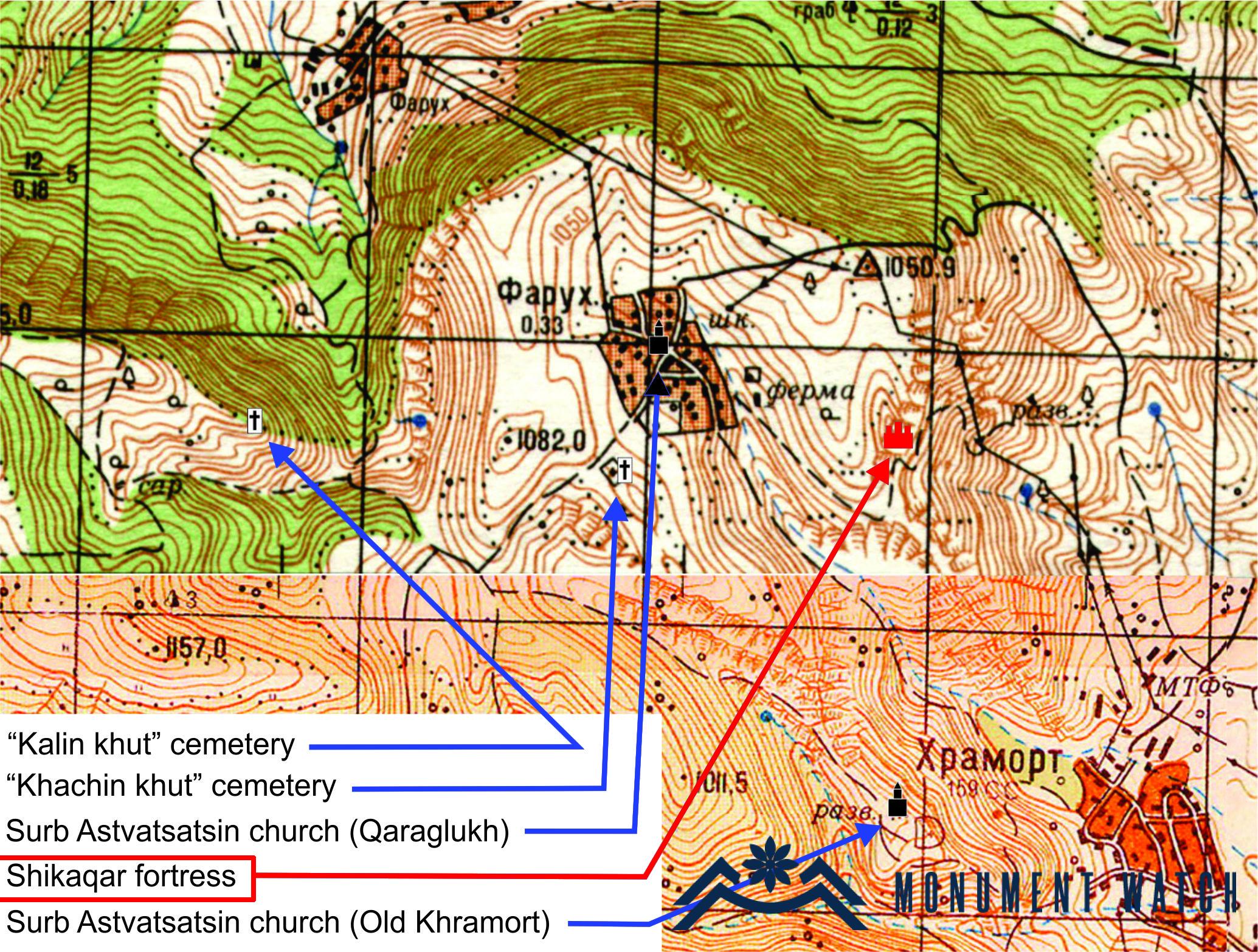
Sargis Jalalyants called it Chalaghan in the mid-nineteenth century. "Karaglukh is an Armenian village built on the top of the Chalaghan fortress. After leaving it, I climbed the fortress, which was built by the powerful Armenian lord Chalaghan in the 16th century. On both sides of the fortress, there are unimaginably high gorges. The lord Chalaghan himself lived here and killed many mountaineers with a sword, freeing many captives, from whom the mountaineers, feared, stopped their daring entry into these areas "(Jalalyants 1858, 525).
Makar Barkhudaryants provides more precise information on the village of Karaglukh and mentions some facts linked to the foundation and installation of the fortress based on lithographs gathered on the spot. "In ancient times, this village was a famous fortress," he writes. “Half of the population is indigenous, and the other half has relocated from the Great Syunik region's Darapas and Barkyushat settlements” (Barkhutaryans 1895, 107). He writes about the fortress as well, "We believe Shikar Fortress was built when Aghvanq came under the control of the Armenian kings." As evidenced by the inscription on the old tomb of Karaglukh, Hasan the Great gave this fortress to a lord named Smbat. "
Shikakar-Karaglukh dominates the Artsakh steppe and divides the Karkar and Khachen river valleys. It is at a height of 1011.5 meters above sea level, more than 500 meters higher than the steppe. The fortress formed a defensive circle with Khokhanaberd, Kachaghakaberd, and Natarin fortresses. The fortress held control of the Khachenaget valley, which reaches to the center of Khachen's rule, and the crucial route that connects the mountainous part of the region with the valley, by dominating the surroundings from a high vantage point. From the fortress, the land rising from the uplands and lowlands to the Karkar River valley is clearly visible (Fig. 1). The upper part of the fortress is a flat valley (Fig. 2) with a steep gorge on the eastern and northern sides and forested stone walls on the southern side (Fig. 3). From east to west, it is divided into three sections: The eastern pinnacle (Fig. 4) is about 25 meters long and is devoid of artificial structures. The main structures were located in the center section of the citadel on the west side (Fig. 5). The fortress has an area of 8550 square meters (190 x 45 meters). To this day, traces of fortifications can be found in various places of the citadel (Figs. 6, 7). M. Barkhudaryan claims that "From the east and west, the fortress had two entrances." As can be observed from the remnants, the side sides of the doors were fortified with stone walls "(Barkhutaryan 1895, 127).
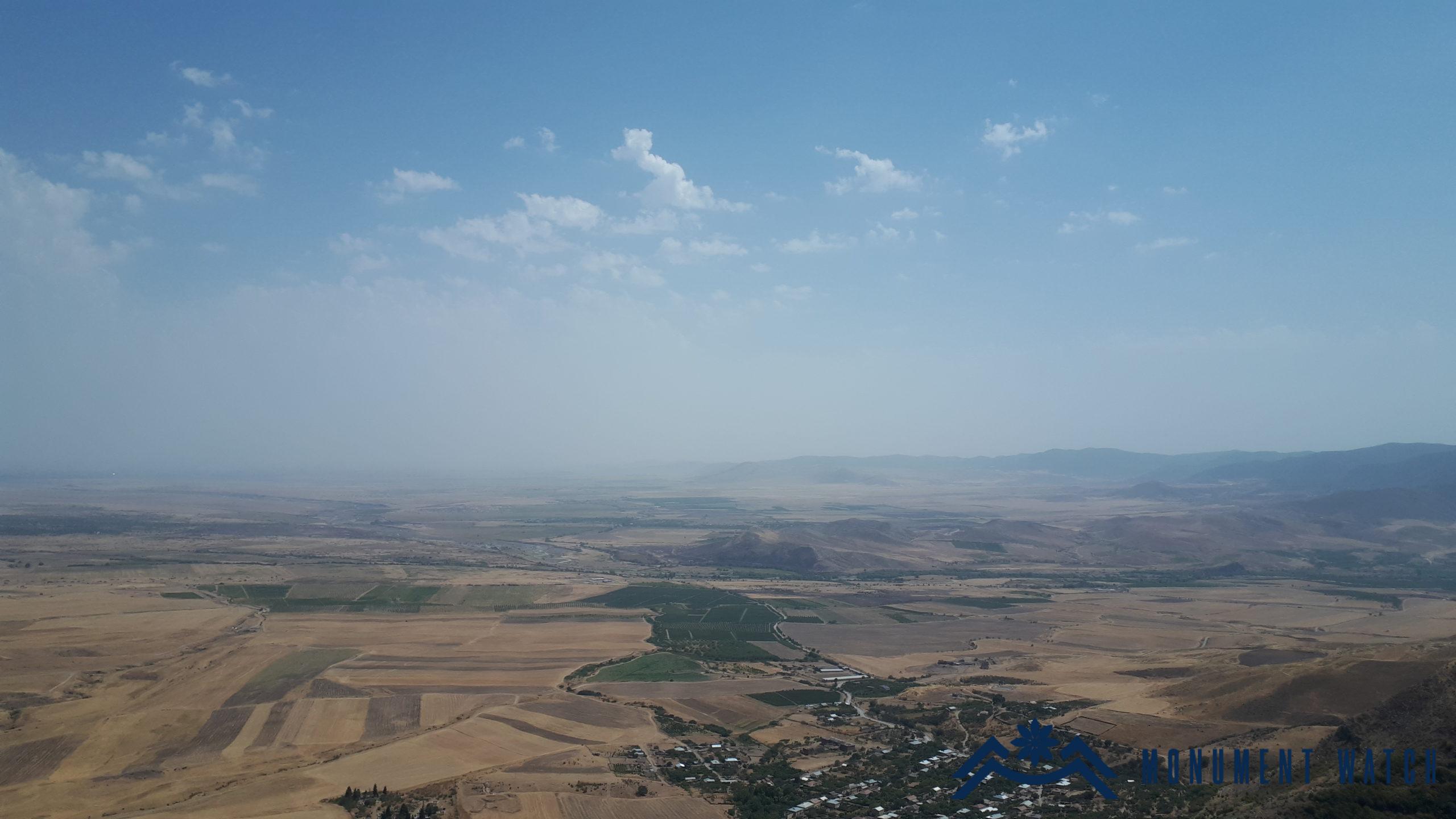
Fig. 1 The view from the fortress to the plain, 2021, photo by G. Budaghyan.
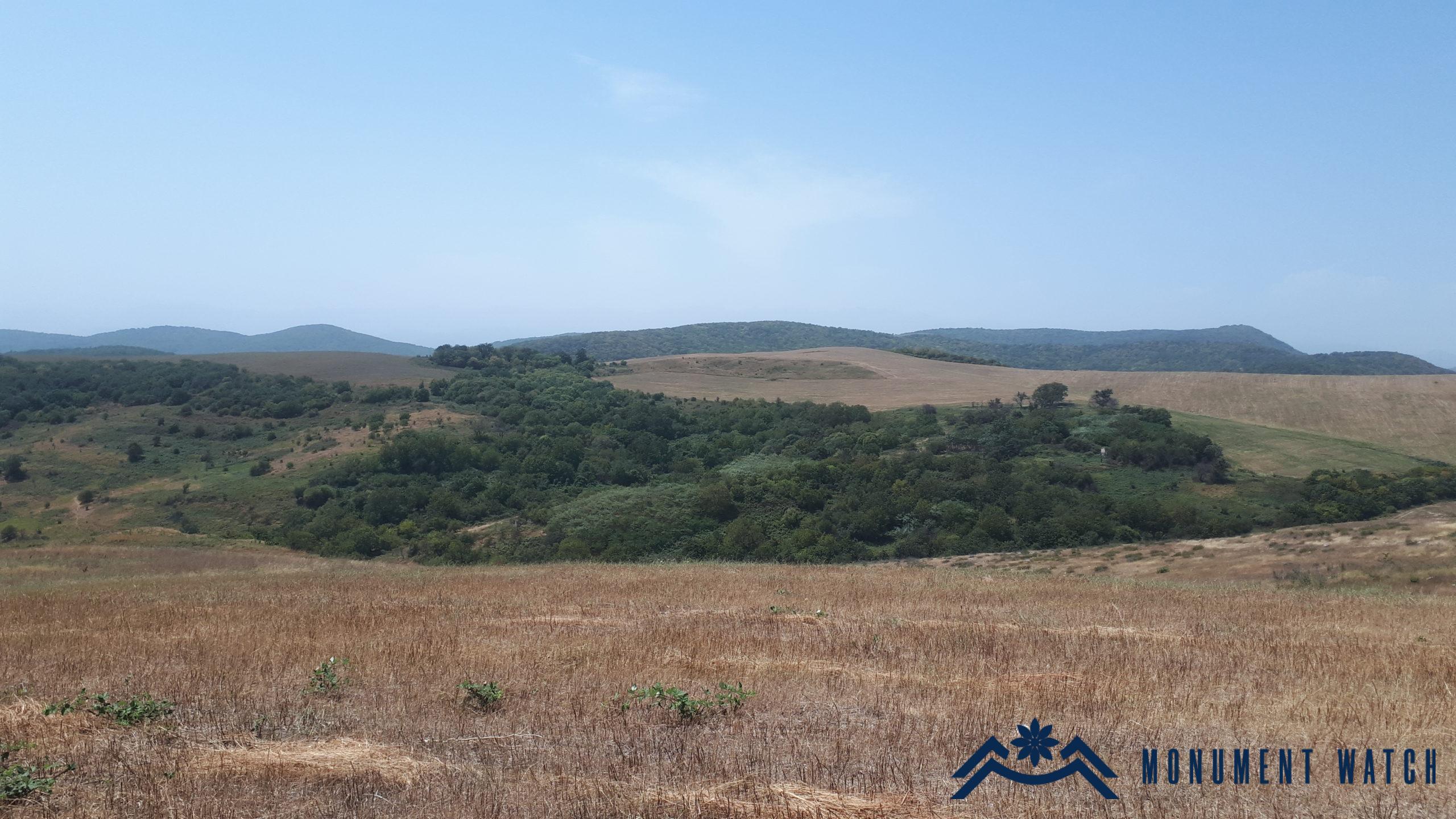
Fig. 2 The upper half of the fortress's flat area, 2021, photo by G. Budaghyan.
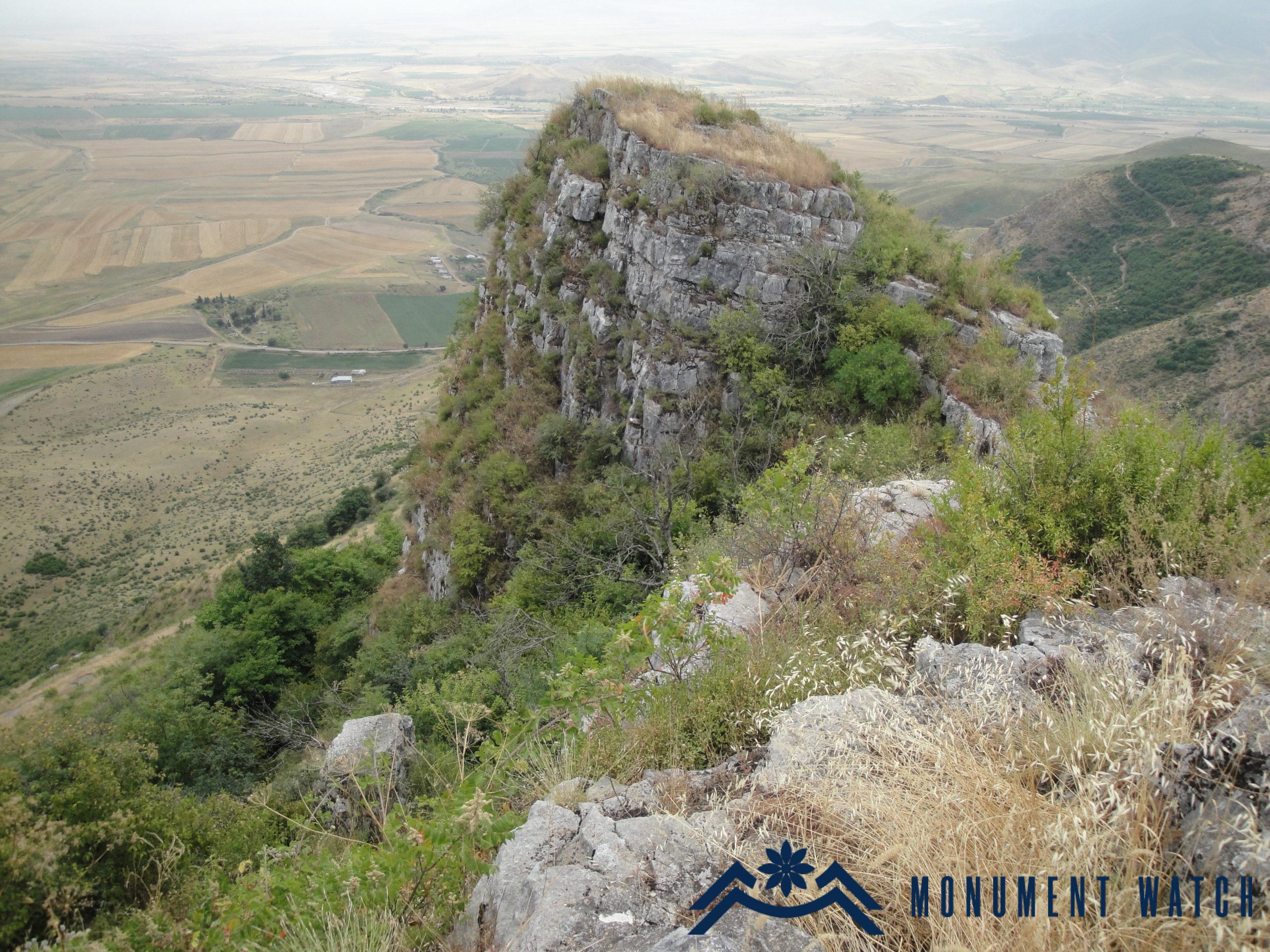
Fig. 4 The eastern pinnacle of the fortress, photo by H. Petrosyan.
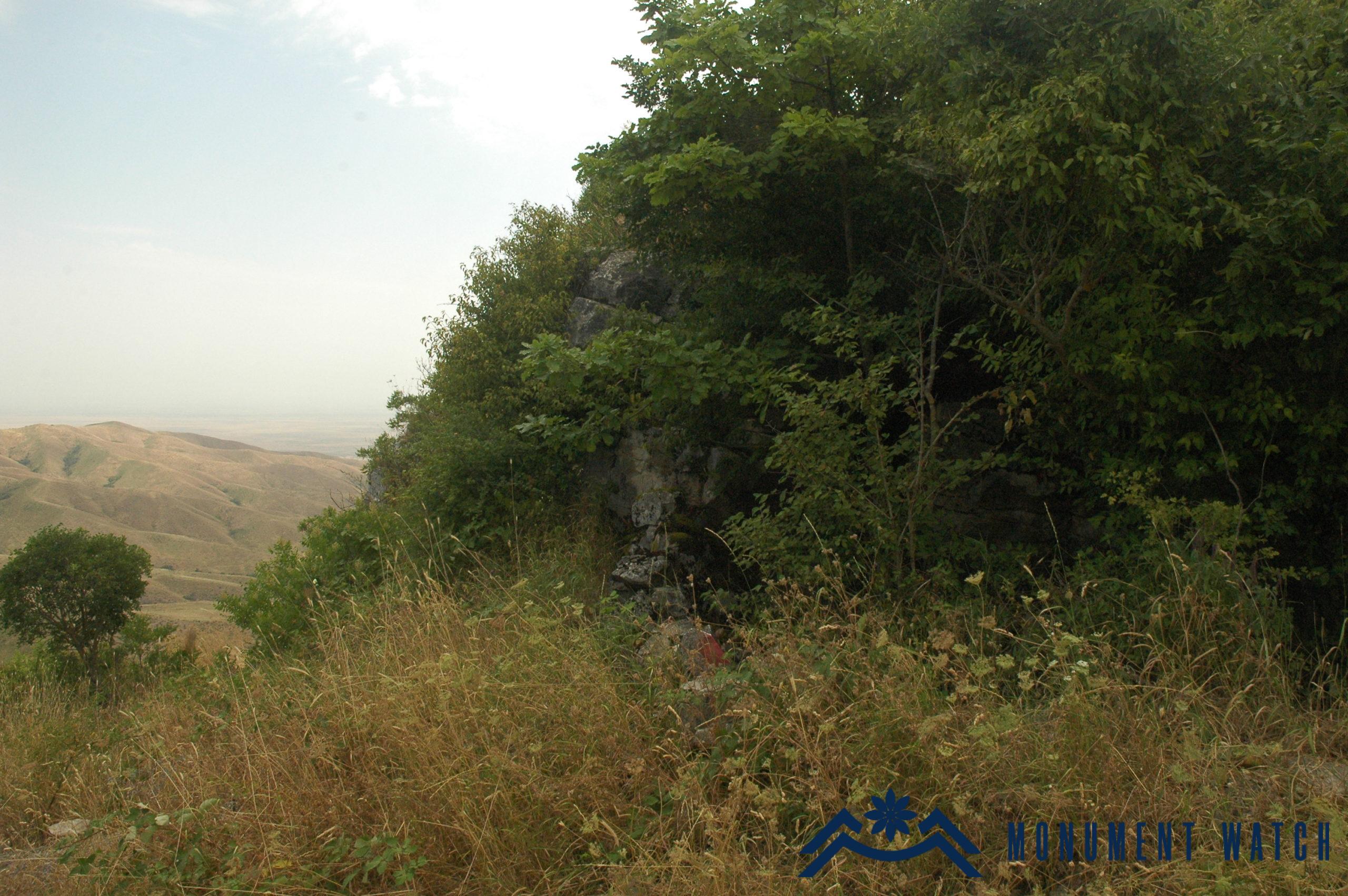
Fig. 6 A section of the wall, photo by H. Petrosyan.
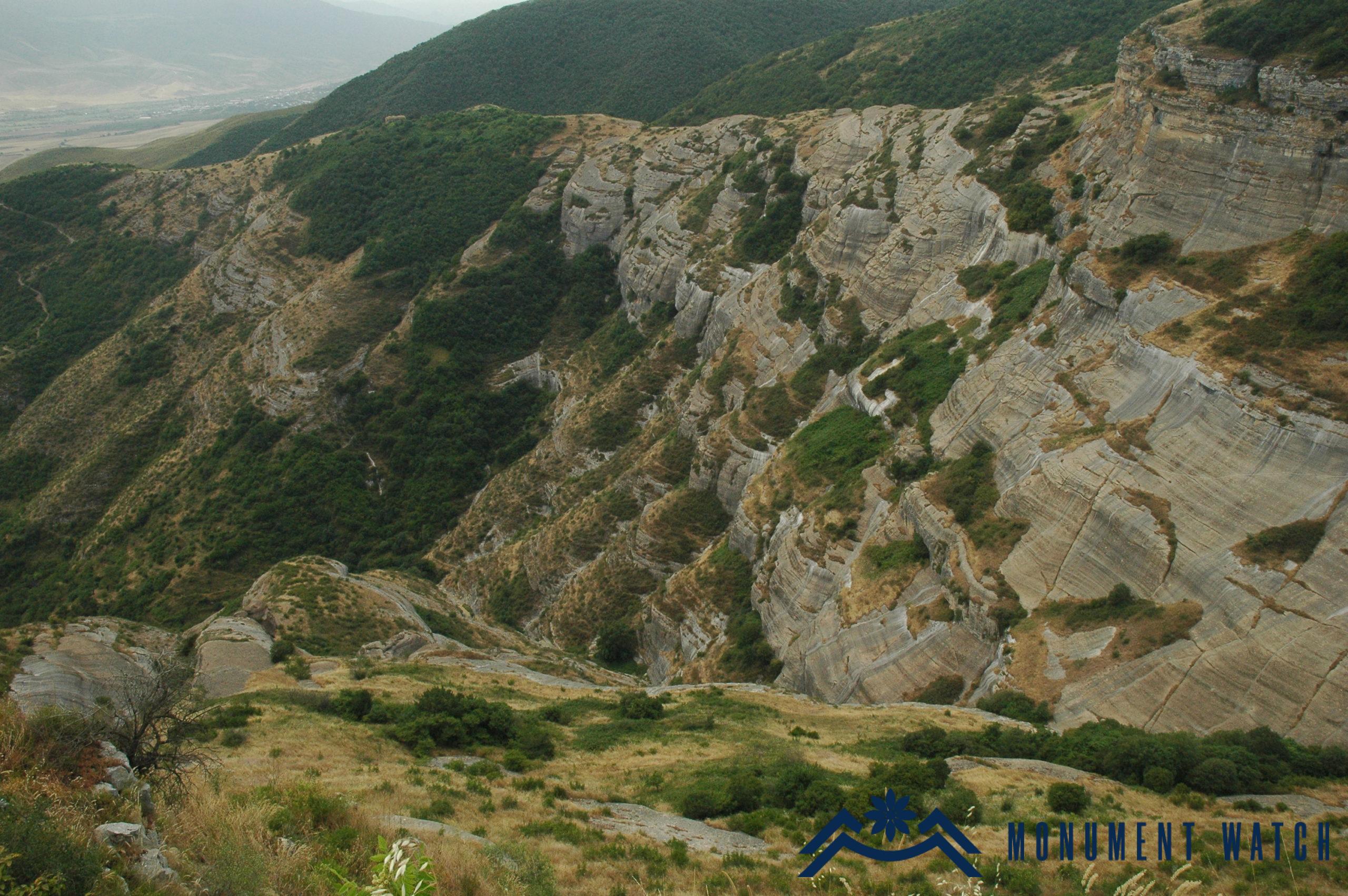
Fig. 3 The section of the south-eastern rock walls, photo by H. Petrosyan.
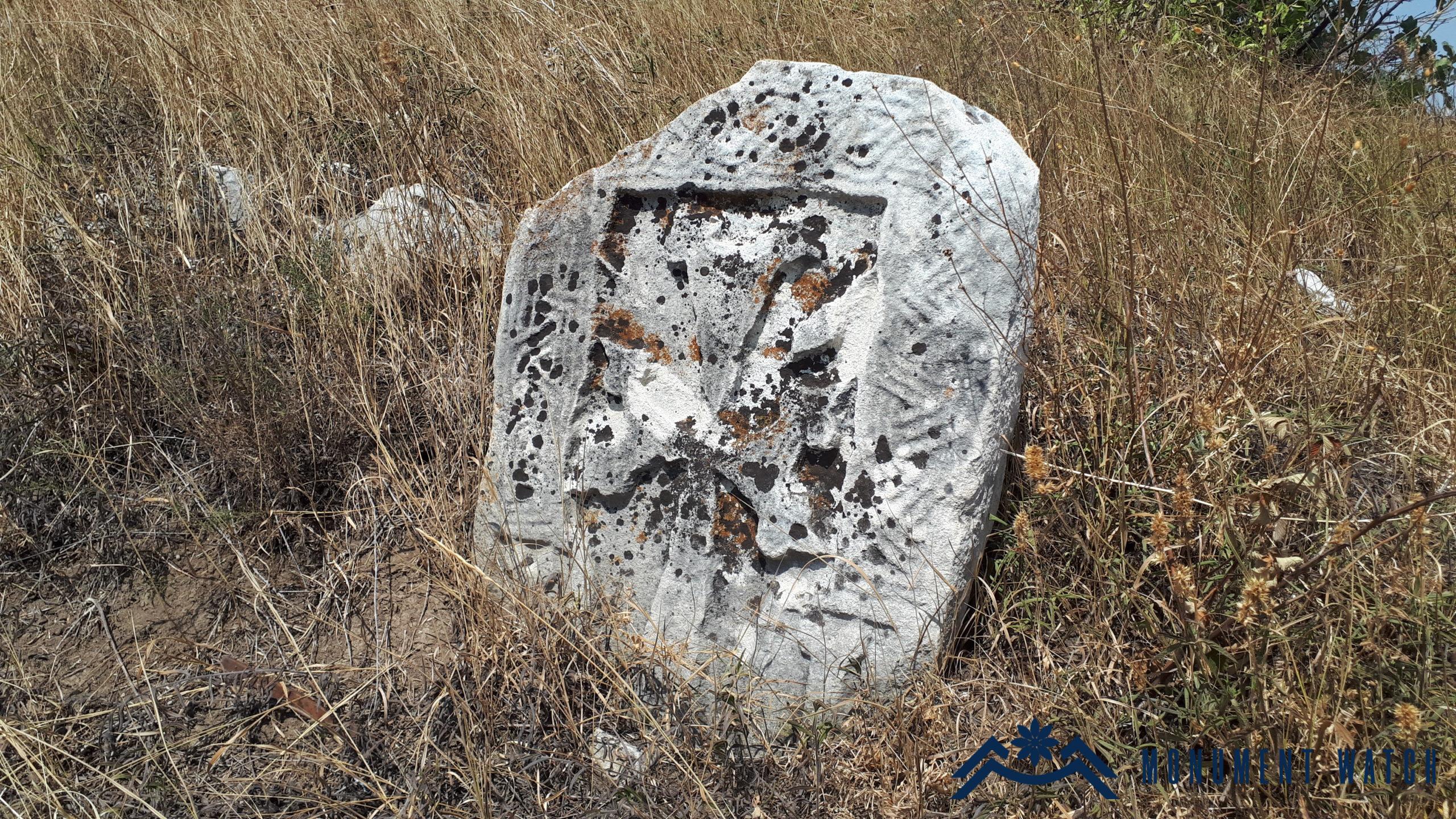
Fig. 5 The khachkar preserved in the territory of the fortress, 2021, photo by G. Budaghyan.
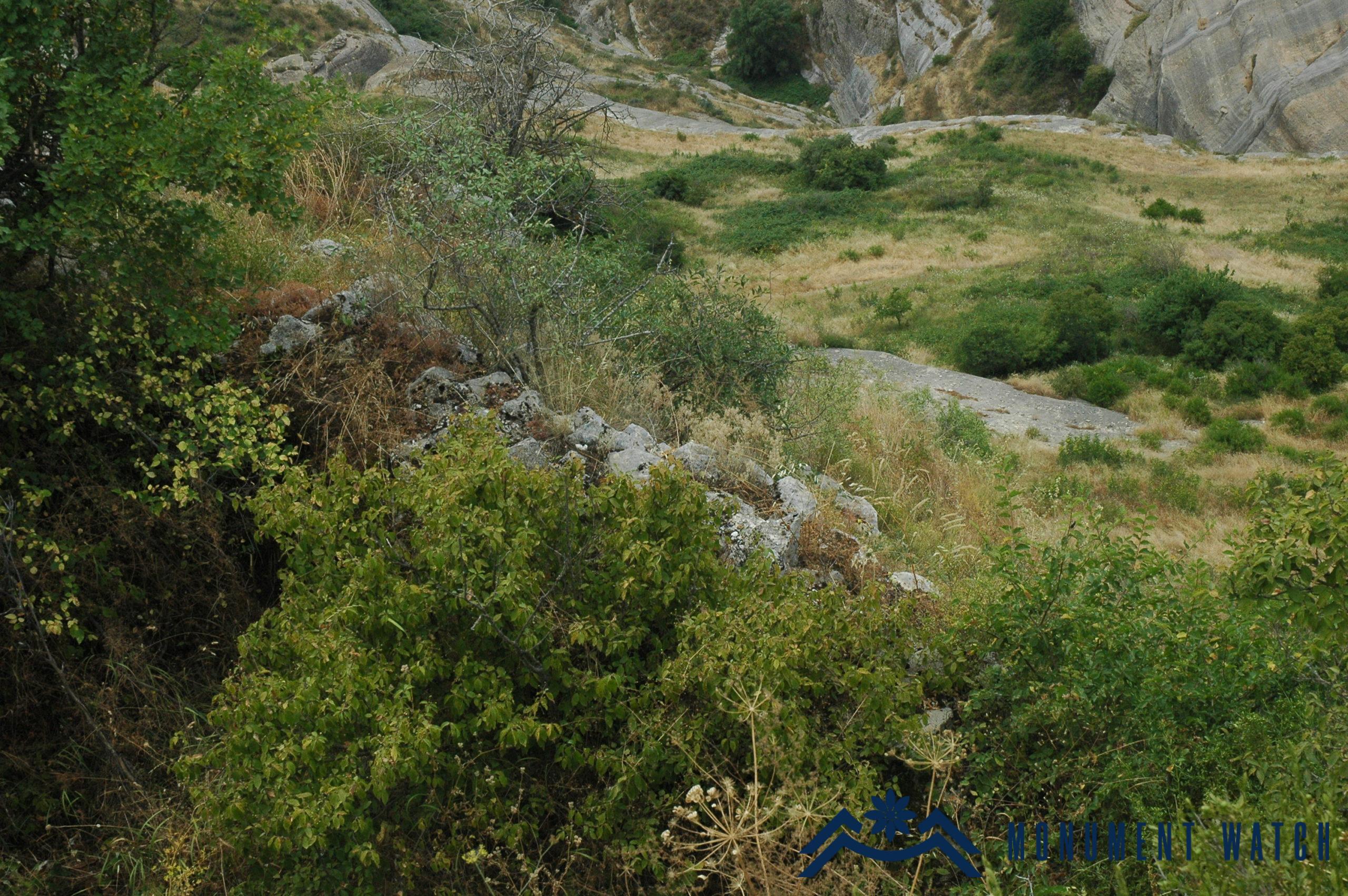
Fig. 7 A section of the battlement, photo by H. Petrosyan.
The fortress's western and south-western sections were poorly protected, with no artificial barriers created, although this did not severely affect the fortress's defensive capacity, as the enemy had to conquer ridge branches and forested areas in this zone. Caves on the high cliffs, which were used as safe havens and hiding places during the battle, added to the fortress's resistance (Fig. 8).
The Khachin Khut cemetery, Karaglukh village, the old Khramort rural settlement, the church and cemetery, and the old cemetery of Parukh village are all located on the slopes at the top of the ridge branch, in addition to the remnants of the fortress.
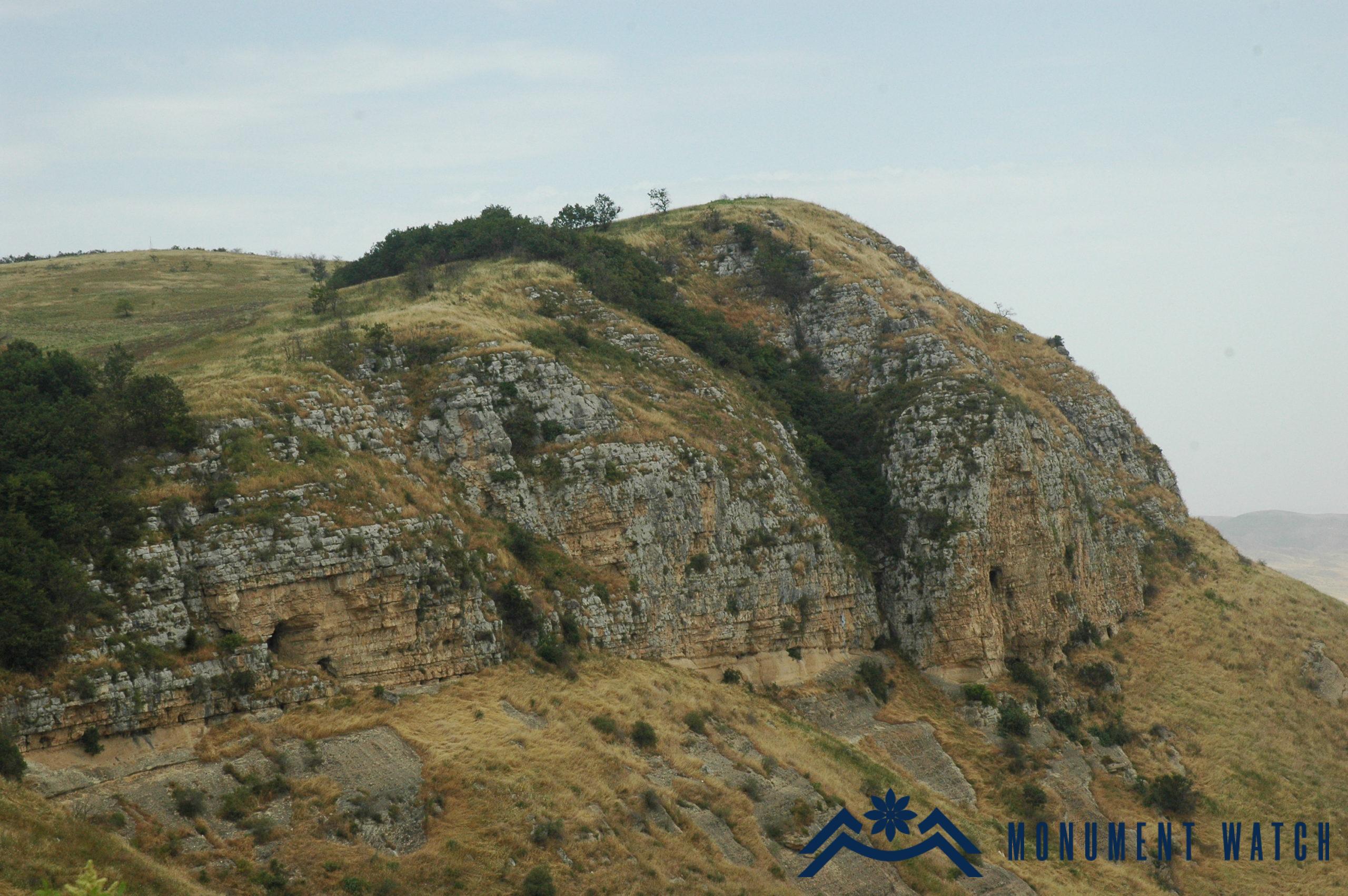
Fig. 8 The cav, photo by H. Petrosyan.
Bibliography
- Barkhutaryants 1895—Barkhutaryants M., Artsakh, Baku, Aror.
- Kagankatuatsi, 1983-Movses Kagankatuatsi, History of the Aghvan Land, the original examination and introduction by V. Arakelyan, Yerevan.
- Hakobyan 2020-Hakobyan A., The dynasties in Aghvank and East Armenia to the late 13th century (historical-sourceological examination). "Science" publishing house, Yerevan.
- Jalaleants, 1858–Jalaleants S., Journey to Greater Armenia, part B, Tifilis.
- Chobanyan, 1994, -On the Issue of Identification of Shosh and Karaglukh Sghnakhs, Historical-Philological Journal, No. 1, pp. 183-187.
- Ulubabyan, 1975–Ulubabyan, B., The reigns of Khachen in the 10th–16th centuries, published by the Academy of Sciences of the Armenian SSR, Yerevan.
- Armenian-Russian relations in 1967-Armenian-Russian relations in the first third of the 18th century. Collection of documents. Ed. by A. G. Ioannisyan, vol. II, part II, Yerevan.
The monuments of Shikaqar- Karaglukh: The fortress
Artsakh